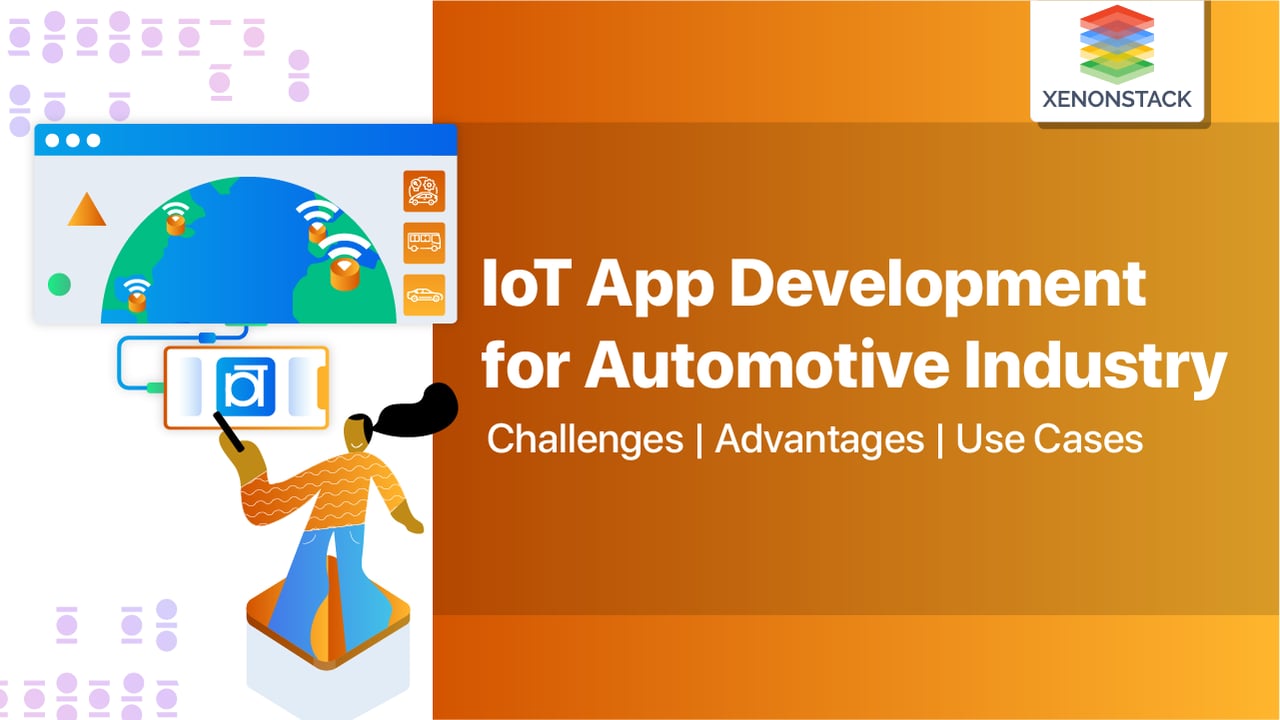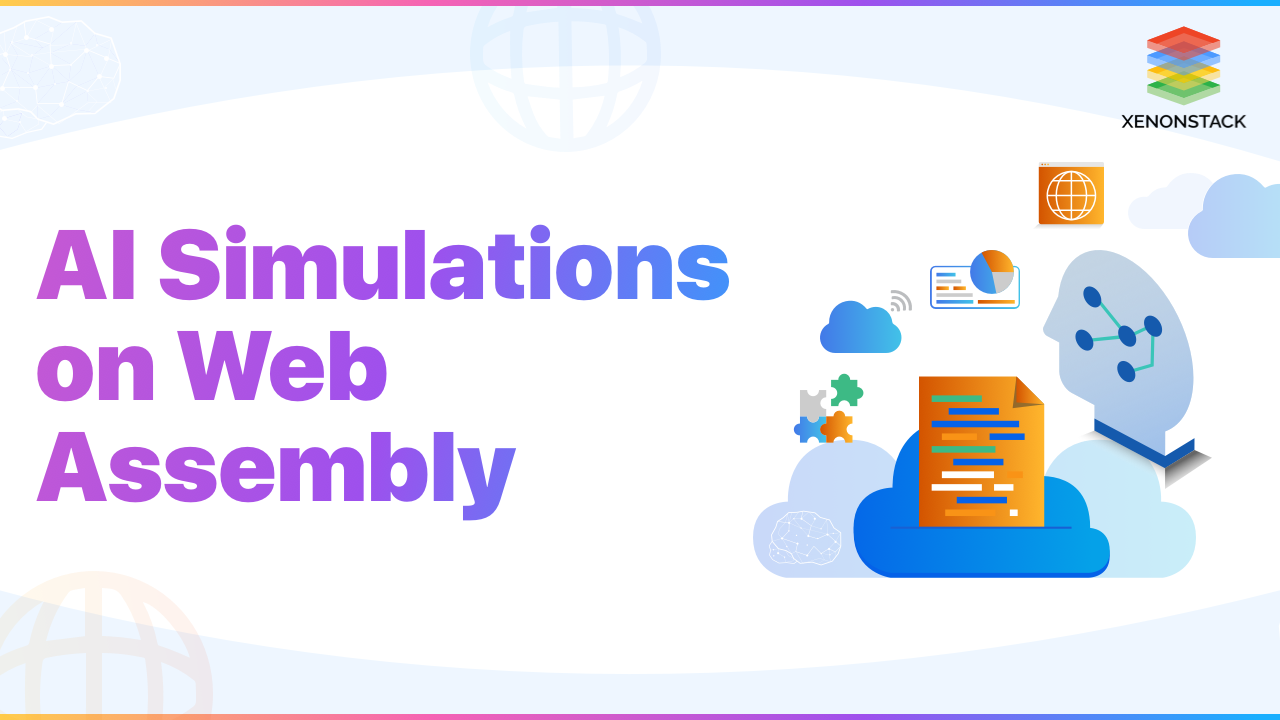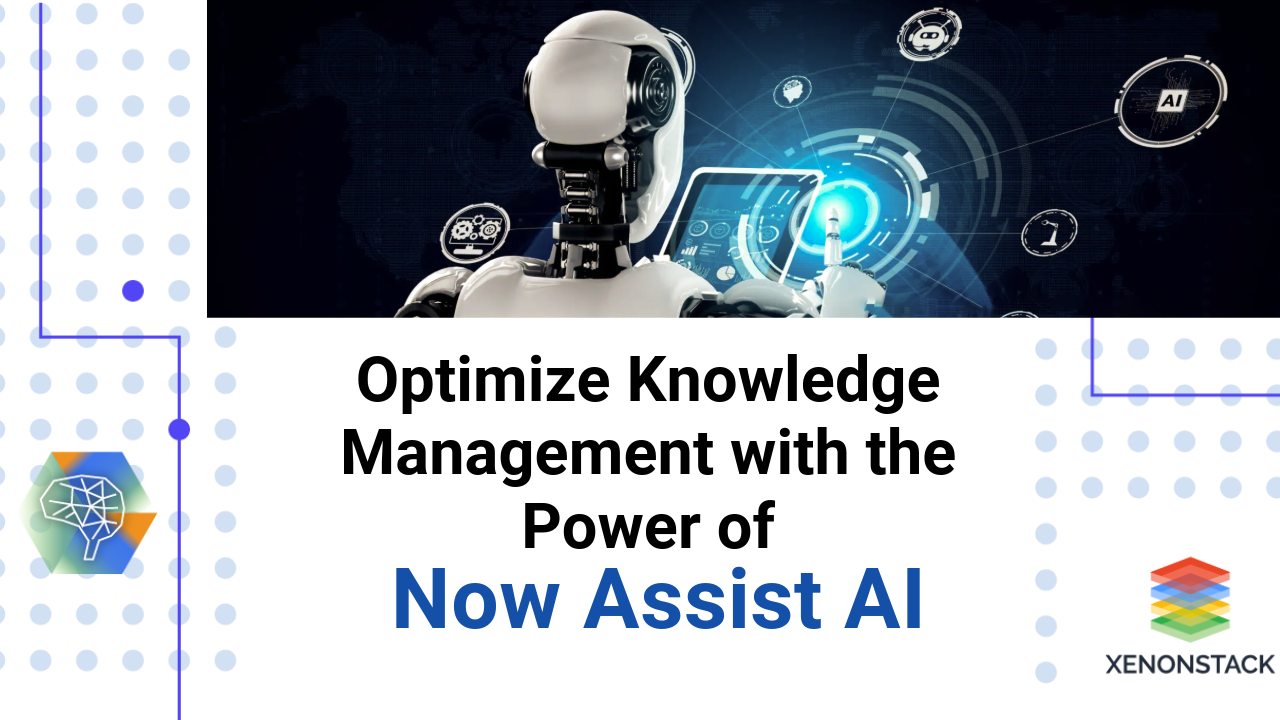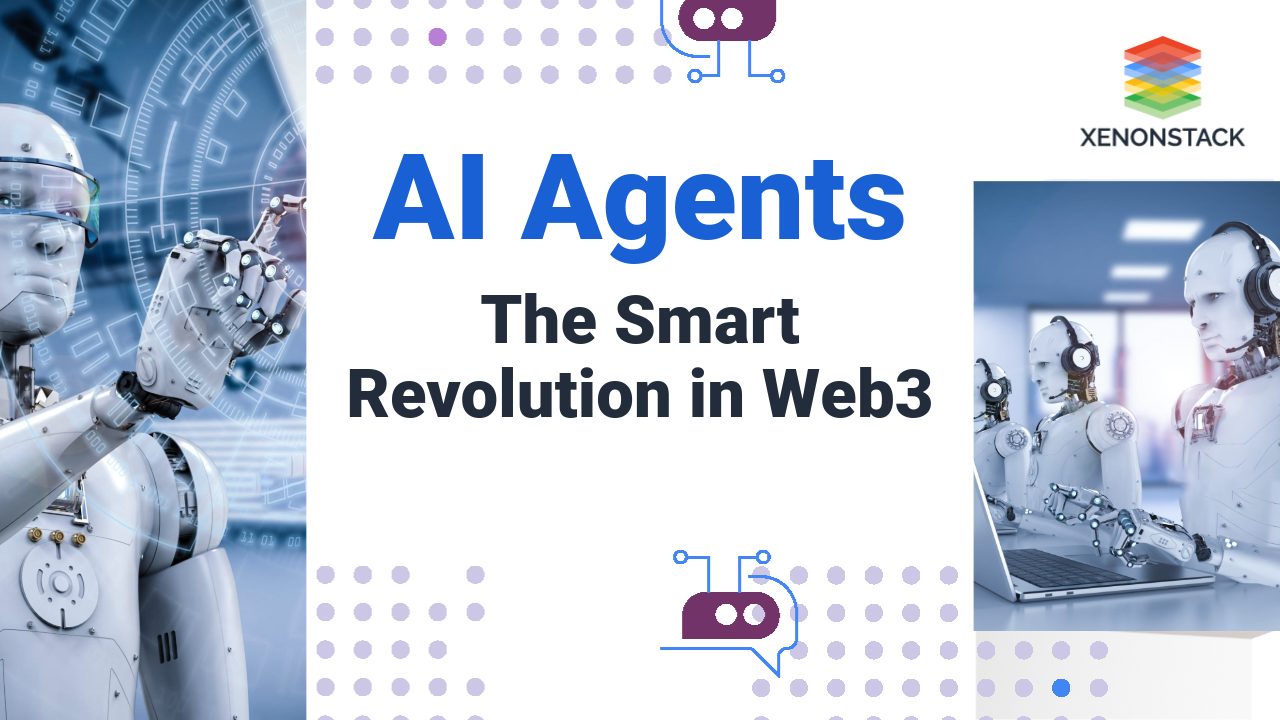
Introduction of IoT App Development
The automobile industry is one of the world's largest manufacturing sectors. According to Statistic, 78 million pieces were manufactured globally in 2020. Yet, this figure significantly drops from the 97 million automobiles created in 2018. Aside from geopolitical factors, one of the primary reasons for this downturn is a lack of creative innovations in newer car models. If all customers want is four wheels and an engine, they would likely choose an older, less expensive model or used vehicles. For manufacturers to attract customers, future models must adapt using advanced technologies and the Internet of Things. The automotive enterprise is attempting to scale up its ability with it, advancing from the age of merchandise to the age of service and experience from functionality to data as the critical object of value creation.
A distributed computing paradigm in which processing and computation are performed mainly on classified device nodes. Click to explore about our, Edge Computing and its Impact
What is IoT?
The internet of things, is a networked system of interconnected computing devices, electromechanical and digital machinery, items, or people with unique identities (UIDs) and the capacity to transmit files without needing human-to-human or human-to-computer contact. Its devices are hardware devices, including sensors, gadgets, appliances, and machines that collect and exchange records over the internet. For Example-Medical, sensors, smart watches, intelligent security systems, etc. The Internet of Thingscannot work without software, which includes middleware, which is referred to as an internet of things or IoT cloud platform. Its devices share the data they accumulate by connecting to an gateway or different edge device in which data is sent to the cloud to be analyzed or analyzed domestically.
IoT Platform
It is a multi-layered system that allows for simple provisioning, management, and automation of linked devices in the Internet of Things environment. It bridges the gap between equipment and software. Its platform provides developers with fully prepared functionalities, which speeds up development and enables cross-device interoperability.
Enable producers and farmers to reduce waste and improve productivity by optimizing the usage of fertilizers. Click to explore about our, IoT in Smart Agriculture Solutions
What is IoT App development for Automotive?
Developing apps for automotive enables complicated systems such as processors, motors, and sensors to communicate with one another and with other cars linked to the internet. Moreover, it uses a unified ecosystem to enable auto connectivity, predictive maintenance, fleet management, etc. These apps help in the development of intelligent and sustainable vehicles. The main motive of its apps in the sector is to deliver personal and immersive patron experience.
Why it is important for Automotive industry?
We are transitioning from a product-centric to a service-centric era, from equipment to application, from functionality to data, as the main objective of creating value. In the industry, it is playing a massive role in bringing this transition, and here are some of the many reasons regarding the need to develop its apps for industry-
- Its apps are revolutionizing the automobile industry's production to satisfy consumer needs while maintaining traditional corporate objectives.
- The influence of it may be observed on the industry's core value drivers, which include creation and innovation, increased customer happiness, real-time scheduling, and device lifetime monetization.
- Present WiFi capabilities, motor performance measures, and temperature management systems are only the tip of the iceberg regarding what solutions can be provided to vehicles by developing apps.
- The future's designs will be smart automobiles! it includes third-party technologies in addition to just linking it to smartphones. In the next few years, driverless vehicles will play a significant role. Technologies for controlling a self-driving car with a voice-activated app are already in development, and cloud-based applications that employ software will significantly influence online apps for the industrial sector. As a result, the future of the automobile sector will be determined by internet of things apps for vehicles.
Connect things or specific devices to the internet with the help of network devices or routers and access them from a remote location. Click to explore about our, GCP Services and Solutions
What are its use cases in the industry?
In this sector, internet of things technologies have created countless potential. They can help to improve design and performance and reduce cost while ensuring quality control at the highest level.
The following are the most prevalent use of Mobile apps for internet of things in the automobile industry:
Monitoring the Fleet's location
It can offer remote fleet management using three key technologies:" RFID," "GPS," and "OBD-II." Vehicle sensors and onboard monitoring systems can offer real-time information regarding the fleet's location. They collect data from accelerometers or gyroscopes to monitor changes in speed, idle hours, and route adherence.
Automobile's weight or volume tracking
internet of things apps can be developed to obtain real-time weight information, sensors are mounted on the axles of a large vehicle, such as a truck or trailer. They are also used to transport liquids and other viscous commodities like chemicals and oils.
Monitoring the flow of traffic on the road
For continuous real-time data regarding traffic situations, closed roads, and public transit trip plans through the internet, connected cars deliver predictive maintenance warnings. Its apps and other surrounding devices can communicate with embedded devices on moving vehicles. The critical information is delivered as notifications in real-time with drivers or autonomous driving systems after processing by cognitive intelligence. Internet of things apps make it incredibly convenient to monitor local traffic trends!
Tracking automobiles
Owners and operators of fleets may monitor their inventory holistically using IoT apps. As they transport goods from one area to another, they may monitor the whereabouts of their vehicles. They can anticipate weather or traffic congestion changes thanks to real-time information exchange.
Connected Cars
Its apps can be used to track the position of the vehicle. Connected cars maintain internet connections and its devices within or around them.
IoT Automotive Maintenance System
Fleet owners can use its apps to take the required precautions to avoid the abrupt failure of their cars with the use of maintenance systems. Drivers are warned about impending maintenance obligations and potential problems by the system.
With the enormous rise in urbanization, big cities have been drivers for economic growth and a magnet for talent. Click to explore about our, Data Processing in IoT for Smart Cities
Advantages of IoT apps for the Automobile industry
The list will only grow as breakthroughs are made in the software sector, particularly in it and artificial intelligence departments. The following are some of the numerous advantages of mobile applications for the automobile industry.
Experience of being connected
It have helped in providing a more connected environment to the drivers. Thanks to the integration of its technology, users of the app will be able to remotely operate numerous components of the car, including the engine heating, air conditioning, and locking systems. Applications can also be used to control windows and lights.
Insightful communication
With the development of it and artificial intelligence, more and more automobiles will be equipped with this technology. They will be able to avoid any mishaps as a result. In the automotive sector, mobile apps are utilized to get rapid updates about any crucial vehicle characteristic, which helps to increase the safety of the drivers, and a portion of the communication system is already in use.
Improvement in the efficiency of automobiles
For example, fuel can be conserved since the application manages fuel usage at specific periods throughout the driving experience. This covers things like shutting off the engine while waiting at a stop sign. Mobile applications may also be deployed in automobile manufacturing to improve the efficiency of several operations, such as supply chain monitoring, sales, and labor issues. Thus, mobile apps might aid in the production process as well.
Simple upgrading capabilities
Because mobile apps are modular, they may be readily modified to integrate the latest advancement in software technology. Such upgrades may be built into the mobile app development process so that they can be readily installed in various types of cars with varying hardware. This is feasible because the application, when linked to it, can recognize the type of car.
Future IoT Applications in the Automotive Sector
It is crucial to next-generation vehicles. One can probably have access to the car from the pocket. One can manage and access the vehicle's statistics with only one swipe on the app. The Business Insider forecast estimates that use cases for the Automotive internet of things will have an expenditure capacity of $267 billion. With Wi-Fi capabilities supported by 3G/4G/5G functioning, the industry is entering a new phase and creating space for more extensive adoption. Soon, all automobiles will be autonomous.
What challenges will the development of IoT apps face in the automotive Industry?
Its deployments in other industries face many of the same difficulties that automotive internet of things does, including:
- Various gadgets need to be purchased to increase the total cost.
- Acquiring the appropriate analytical tools should be done concurrently with investing in it.
- It is essential to monitor the ecosystem continuously to ensure its proper operation.
- The optimum communication protocols for the network must be used to maximize connectivity.
- Protecting against cyber attacks is a constant concern for internet-connected devices
Conclusion
The automobile sector is changing thanks to the internet of things and other disruptive technologies. This industry's evolution has resulted in the creation of ground-breaking connected and autonomous vehicles. Its use has improved auto maintenance and inspection capacities and opened new entertainment channels. Additionally, long-range data transfer made possible by automobile telematics has aided in developing a fleet management system driven by the Internet of Things.
The number of applications in the automobile sector is growing daily. The technology of the Internet of Things is growing, and with it, more advanced use cases for cars that will fundamentally alter how we interact with our cars will emerge.
- Discover here IoT Applications for Analyzing Manufacturing Industries
- Get in touch with us for "Real-Time Analytics Services and Solutions"


